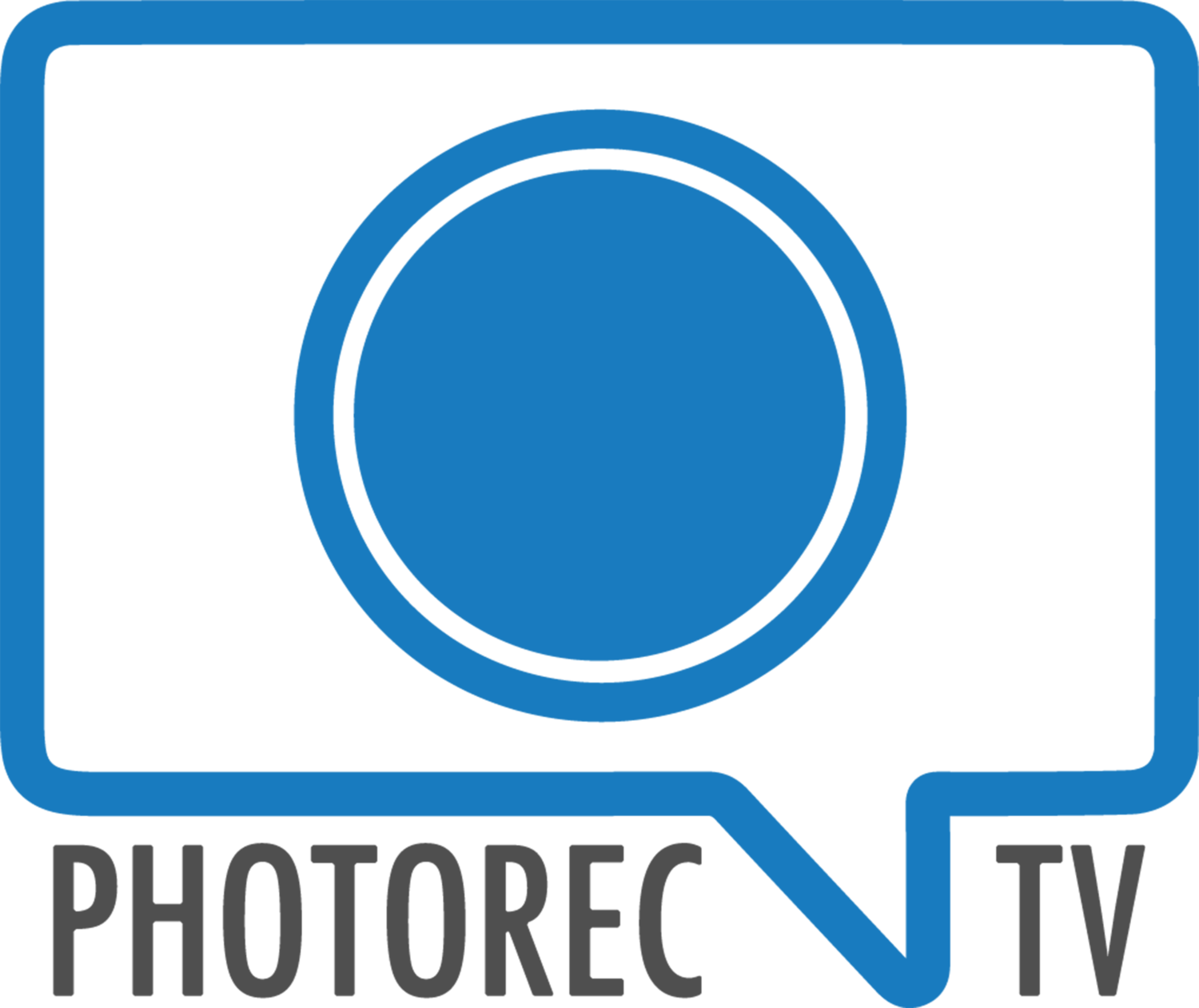Canon 70D Review vs Canon T5i (700D) Review & Differences Explained
/Full Text Review of the Canon 70D below video
My time and energy on this site and answering your questions is supported by folks like you buying the 70D through these links. It costs you nothing extra and provides me a small percentage of the sale. Buy the Canon 70D from Amazon
Discussion separated into three areas- body, features and performance,
Body/Styling 70D vs T5i(700D)
-
700D smaller, lighter about ½ LB less - which works out to about 30% lighter
-
70D feels more solid in the hand - slightly more to grip and deeper
-
70D offers pentaprism viewfinder which is bigger and brighter than the pentamirror in the 700D
-
Top LCD lets you see various camera settings at a glance plus top row of buttons provides for quick changes and two dials gives you access to shutter speed and aperture in Manual mode. 700D shares dial for shutter speed and aperture and extra button press to switch between function
-
Custom mode on dial to save and return to commonly used settings
-
Auto modes all accessed through SCN on the dial, cleaner more professional dial options
- Dedicated back auto focus button
-
Bigger battery gives more than 2x battery life over the 700D
Features of the 70D vs T5i (700D)
-
19 cross type focus points and dedicate AF mode button with quick selection between modes and point selecting vs 9 cross type points on 700D
-
70D offers dual pixel focusing in live view - fast, accurate and rarely makes mistakes. Using with touchscreen for very impressive almost cinematographic results. 700D autofocus is capable but in live view it isn’t impressive, slower and more likely to hunt for focus. 700D needs STM lens for smooth focusing, 70D is smooth with virtually all modern lenses. STM still useful for that silent autofocus.
-
70D burst mode 7 fps with a big enough buffer for actually getting a serious burst. Also offers a lower speed burst and quiet shutter mode at two speeds. 700D offers 5 frames per second with a smallish buffer, you really only get a 1-2 seconds of that burst rate, faster if shooting JPEG instead of RAW
-
HDR ( both have backlight control but 70D also offers a more robust HDR with control over the exposure latitude and style.
-
A pile of additional image features offered by the 70D- Multi exposure shot(additive or average), Bracketing at various exposure settings and select from 2-7 shots in sequence, raw image processing in camera - shoot only RAW but produce JPEG files in camera, ⅓ stop ISO, detailed control over AF tracking , Auto focus micro adjustments have returned to the 70D - REJOICE!, max shutter speed at 1/8000 second allows you to shoot at wider apertures under bright sun and multiple size raw files.
- Additional Video features offered by the 70D same frame rates as 700D but offers high and low compression, digital zoom and time code settings for better sync between cameras
-
WIFI feature built into 70D - download images to mobile device or camera or activate live view and shoot remotely - no video and when connected to mobile device will only pass 1920 x 1080 images. T5i does not offer WIfi but you could use an Eye-Fi card to transfer files to mobile device or computer.
Performance/Results Canon 70D vs T5i (700D)
-
Day to day shots/video files - very little difference between these until the light levels drop cleaner files from the 70D at 1600 and above. Difference is noticeable but not huge
-
Slightly better on board flash exposure from the 70D. 700D still too bright though it can be adjusted.
-
Feature or performance - video focus tracking the 70D is excellent makes for easy camcorder like focusing - if you are a parent that wants one device that will capture both video and stills without lots of work on your part - the 70D is the camera to get.
Final Thoughts -Both these cameras are capable of producing excellent images and video. What you need to decide as you watch my review/read the points below - are you willing to carry around the extra weight and spend the extra cash for the additional features of the 70D (and there are loads of them!) I will have more to say about the 70D soon and share more testing samples and video - for now check out the links below for additional helpful information.Additional Helpful Videos
Canon 70D Wifi Demo - http://www.youtube.com/watch?v=LCKiJ1nOMFU
Canon 70D Digital Zoom Demo - http://www.youtube.com/watch?v=Bmf877Ii1TA
Editing RAW files on G+ - http://www.youtube.com/watch?v=EJxb77Osqg0
Canon 70D SD Card and Buffer Test - http://www.youtube.com/watch?v=TuEtZb3ZNLA



 I love technology that makes me feel like I am living in the future and the future is now. The RAVPower RP-WD01 WiFi Disk or the [5-in-1] RAVPower® Wireless SD Card Reader,USB External HDD / SDD / USB Flash Disk Reader,3000mAh External Battery Pack & NAS File Server & Wi-Fi Hot Spot Wireless Media Streaming FileHub RP-WD01 as Amazon calls it is one such device. The Amazon name does a pretty good job of telling you what this device is all about but let's break it down in a few simple bullets.
I love technology that makes me feel like I am living in the future and the future is now. The RAVPower RP-WD01 WiFi Disk or the [5-in-1] RAVPower® Wireless SD Card Reader,USB External HDD / SDD / USB Flash Disk Reader,3000mAh External Battery Pack & NAS File Server & Wi-Fi Hot Spot Wireless Media Streaming FileHub RP-WD01 as Amazon calls it is one such device. The Amazon name does a pretty good job of telling you what this device is all about but let's break it down in a few simple bullets.
 My Photographer side appreciates another option for getting files from your camera to your smartphone or tablet, especially on the go. Pop the SD card out of your camera- or if you use Compact flash you can attach a CF reader to the USB port on the device and connect your smartphone or tablet and browse the files on the card. Copy a few files or all of the files. You could also insert a thumb drive or small USB drive and make a backup by copying the files over to the thumb drive - all without a computer and running on the battery power of the device. And if you wanted to be boring you could plug the WiFi disk in with the included micro USB cable - same cable that charges it - and use as a standard, wired SD card reader. RavPower provides free apps for Android and iOS to connect, browse and interact with the files. The apps are simple and easy to use. On a computer you access the device through your browser - it is a little clunky here but gets the job done. And that is similar to the manual - it is better than I expected but could certainly have some more polish.[gallery columns="2" ids="3864,3865"]So far I have used the device to pull off multiple images, RAW and Jpeg. I have streamed compressed video which worked very smoothly, no hiccups at all. Streaming a high quality HD video was another story. The wireless speed just wasn't fast enough to keep up with the file and it stopped and buffered at several points. I have seen reviews of similar devices made by the big names and they have the same issues with the higher quality content. You can also send files from your tablet or smartphone to the device.An Aside - Working with RAW files on the go. iOS users you have the excellent
My Photographer side appreciates another option for getting files from your camera to your smartphone or tablet, especially on the go. Pop the SD card out of your camera- or if you use Compact flash you can attach a CF reader to the USB port on the device and connect your smartphone or tablet and browse the files on the card. Copy a few files or all of the files. You could also insert a thumb drive or small USB drive and make a backup by copying the files over to the thumb drive - all without a computer and running on the battery power of the device. And if you wanted to be boring you could plug the WiFi disk in with the included micro USB cable - same cable that charges it - and use as a standard, wired SD card reader. RavPower provides free apps for Android and iOS to connect, browse and interact with the files. The apps are simple and easy to use. On a computer you access the device through your browser - it is a little clunky here but gets the job done. And that is similar to the manual - it is better than I expected but could certainly have some more polish.[gallery columns="2" ids="3864,3865"]So far I have used the device to pull off multiple images, RAW and Jpeg. I have streamed compressed video which worked very smoothly, no hiccups at all. Streaming a high quality HD video was another story. The wireless speed just wasn't fast enough to keep up with the file and it stopped and buffered at several points. I have seen reviews of similar devices made by the big names and they have the same issues with the higher quality content. You can also send files from your tablet or smartphone to the device.An Aside - Working with RAW files on the go. iOS users you have the excellent 
 Canon PowerShot G16 continues a long line of enthusiasts level P&S. The G16 offers minor upgrades from the G15(the lens, sensor and design are all identical to G15) Wifi, Digic 6 processor which gives you a slightly faster burst mode of 12.1 fps and 60p video.
Canon PowerShot G16 continues a long line of enthusiasts level P&S. The G16 offers minor upgrades from the G15(the lens, sensor and design are all identical to G15) Wifi, Digic 6 processor which gives you a slightly faster burst mode of 12.1 fps and 60p video. Canon PowerShot S120 also gets WiFi, a slightly faster lens (F1.8-5.7 vs F2.0-5.9) and the Digic 6 which means 12.1fps and 60p video recording. The S1110 was one of my top picks for pocketable P&S the inclusion of WiFi is nice. There are a few other P&S and certainly some micro 4/3 that offer better quality but it is hard to find anything this small, with the nice manual control scheme that offers very good quality images and video. Did you know my very first video on my channel was a
Canon PowerShot S120 also gets WiFi, a slightly faster lens (F1.8-5.7 vs F2.0-5.9) and the Digic 6 which means 12.1fps and 60p video recording. The S1110 was one of my top picks for pocketable P&S the inclusion of WiFi is nice. There are a few other P&S and certainly some micro 4/3 that offer better quality but it is hard to find anything this small, with the nice manual control scheme that offers very good quality images and video. Did you know my very first video on my channel was a 


 Columns B through D give you the number of seconds before you will probably start seeing star trails. You can of course go shorter, longer and you will start to see star trailsFor a starry sky you often want to go as wide as possible. 18mm if using the kit lens but if you have access to anything wider- use it. Wider lenses allow you to gather more light and often offer a wider maximum aperture.
Columns B through D give you the number of seconds before you will probably start seeing star trails. You can of course go shorter, longer and you will start to see star trailsFor a starry sky you often want to go as wide as possible. 18mm if using the kit lens but if you have access to anything wider- use it. Wider lenses allow you to gather more light and often offer a wider maximum aperture.
 Pre-order the Nikon 18-140 from
Pre-order the Nikon 18-140 from  Pre-order the Nikon SB-300 AF from
Pre-order the Nikon SB-300 AF from  So… Remove the offending material! Really, it’s made out of stainless steel, it’s going to hold either way. No guarantees but if you’re paranoid of the screw coming out or metal breaking you can use an
So… Remove the offending material! Really, it’s made out of stainless steel, it’s going to hold either way. No guarantees but if you’re paranoid of the screw coming out or metal breaking you can use an  Get a grinder, dremel, etc. with a bit that can grind stainless steel. Take the lip down to the hole in your quick release so it can inset for the least amount of wiggle. You can use
Get a grinder, dremel, etc. with a bit that can grind stainless steel. Take the lip down to the hole in your quick release so it can inset for the least amount of wiggle. You can use  What you don't get with a camcorder is excellent low light capabilities that the T5i offers and the lovely blurred backgrounds you get shooting with the larger sensor at large apertures. Not to mention all the
What you don't get with a camcorder is excellent low light capabilities that the T5i offers and the lovely blurred backgrounds you get shooting with the larger sensor at large apertures. Not to mention all the  It is fast, reliable and affordable, you do NOT Need the ones labeled Video, they don't offer anything different and the SanDisk Extreme works perfectly for video and photos. If you will be shooting LOADS of video with the canon T5i grab the
It is fast, reliable and affordable, you do NOT Need the ones labeled Video, they don't offer anything different and the SanDisk Extreme works perfectly for video and photos. If you will be shooting LOADS of video with the canon T5i grab the 




